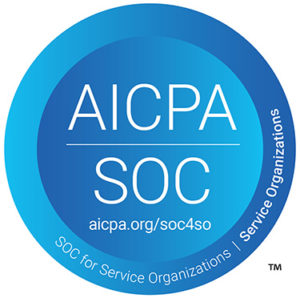| This is the ninth article in the Project Management Best Practices series.
If you have read through our past articles on project management best practices, you are familiar with the term “triple constraint,” which refers to the three main constraints to the success and profitability of the project. These three constraints are time, scope, and, cost. In the previous three issues of Digital Communications we addressed time and scope management; in this issue we will address cost management. The Costs in Cost ManagementThe two most challenging aspects of cost management are the initial estimations of the cost of the project and controlling the cost in the midst of the project. In regard to the initial estimations, the work breakdown structure (WBS) along with human resources and procurement planning will be most helpful in determining the estimated costs of the project. However, the cost of managing the project plan must also be factored into the equation. The number one cost of any project is typically the human resources required to carry out the project. There are a number of methods and strategies involved in project cost estimation and planning. Although costs are typically expressed in currency, they can also be measured in other units of measure such as staff hours, materials used, or facilities required. As we discussed in an earlier article, creating a detailed WBS will be a tremendous aid in detailing the cost of the project. The WBS details each work package and each activity related to those work packages. For smaller projects the team can do a bottom-up cost estimate; however, for larger projects it is not feasible to go to this detail, so other estimating techniques are required. Controlling CostsHaving an accurate project schedule can also help to control costs as human and material resources can be planned in advance to arrive on a set schedule allowing them to be acquired at lower costs. It is important to note, however, that these estimations are predictions about the future and thus, reflect a degree of uncertainty. This is why risk planning is also a key step to controlling costs. Risk planning and management will be addressed in a future issue of Digital Communications. Formula Time – Estimates & PredictionsA bottom up estimate of costs is a single-point estimate; however, the accuracy of the estimate can be increased by using a three-point model. This method, relying also on expert judgment and past experience, has come to be known as the program evaluation review technique (PERT) and uses three estimates to determine the approximate range of costs of the project. The range consists of the Most Likely (CM), Optimistic (CO), and Pessimistic (CP) estimates. Calculations create a weighted average of the three estimates as follows:
For example, if the estimates were: optimistic: 150K; most likely: 165K, and pessimistic: 200K, the final estimate would be $168,333.
Since cost estimating is an inexact science as any future prediction would be, companies will generally create a contingency reserve or allowance to account for any unforeseen circumstances that would increase the cost of the project. These too are developed using quantitative analysis techniques to determine the amount to be set aside. This account is usually adjusted as the project progresses and the risks are reduced or eliminated. We’re Here to Help!In the next issue of Digital Communications, we will look at techniques to manage the costs of the project. For more information on cost control or other factors involved in project management, contact Paul Rupple, PMP at 847-446-2285 or by email. |
|





